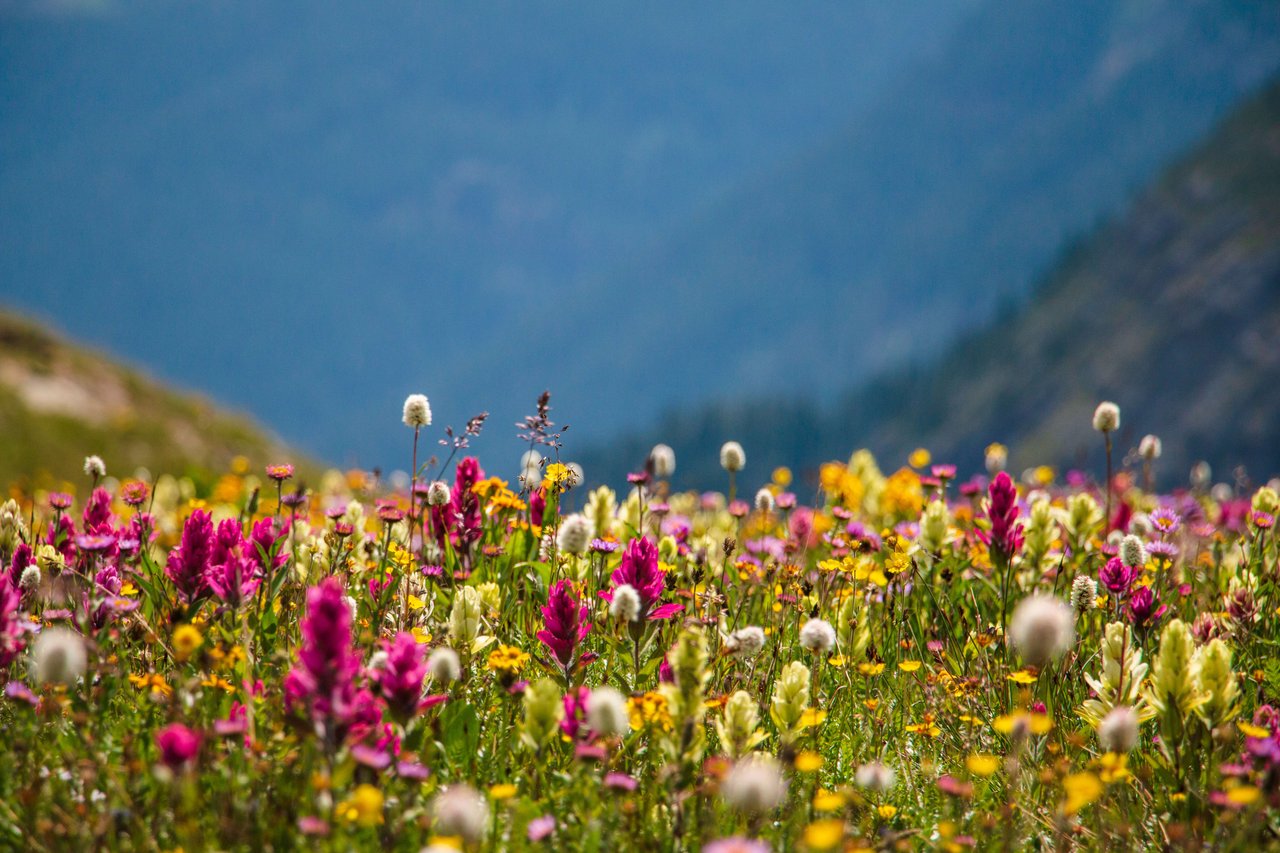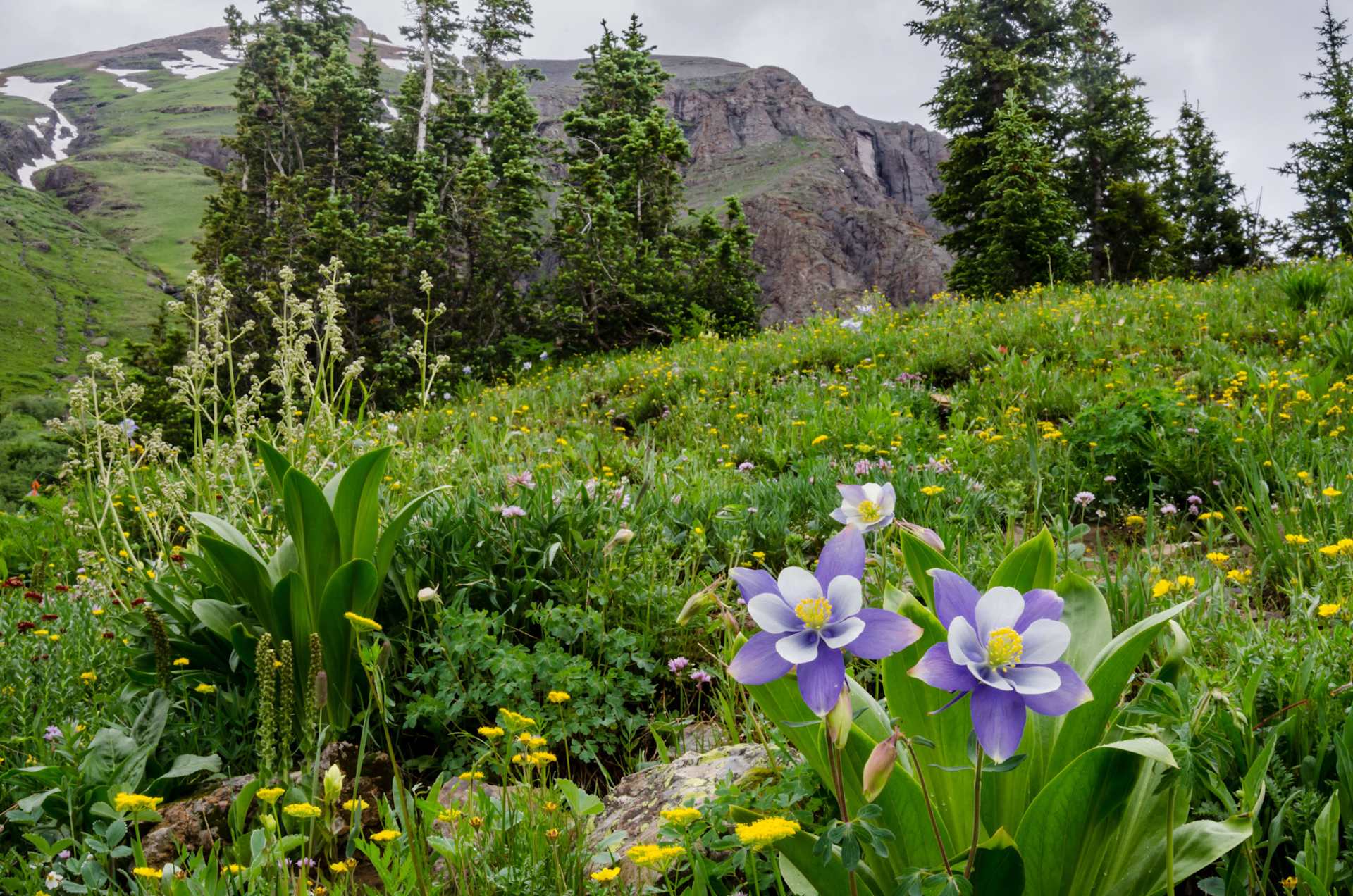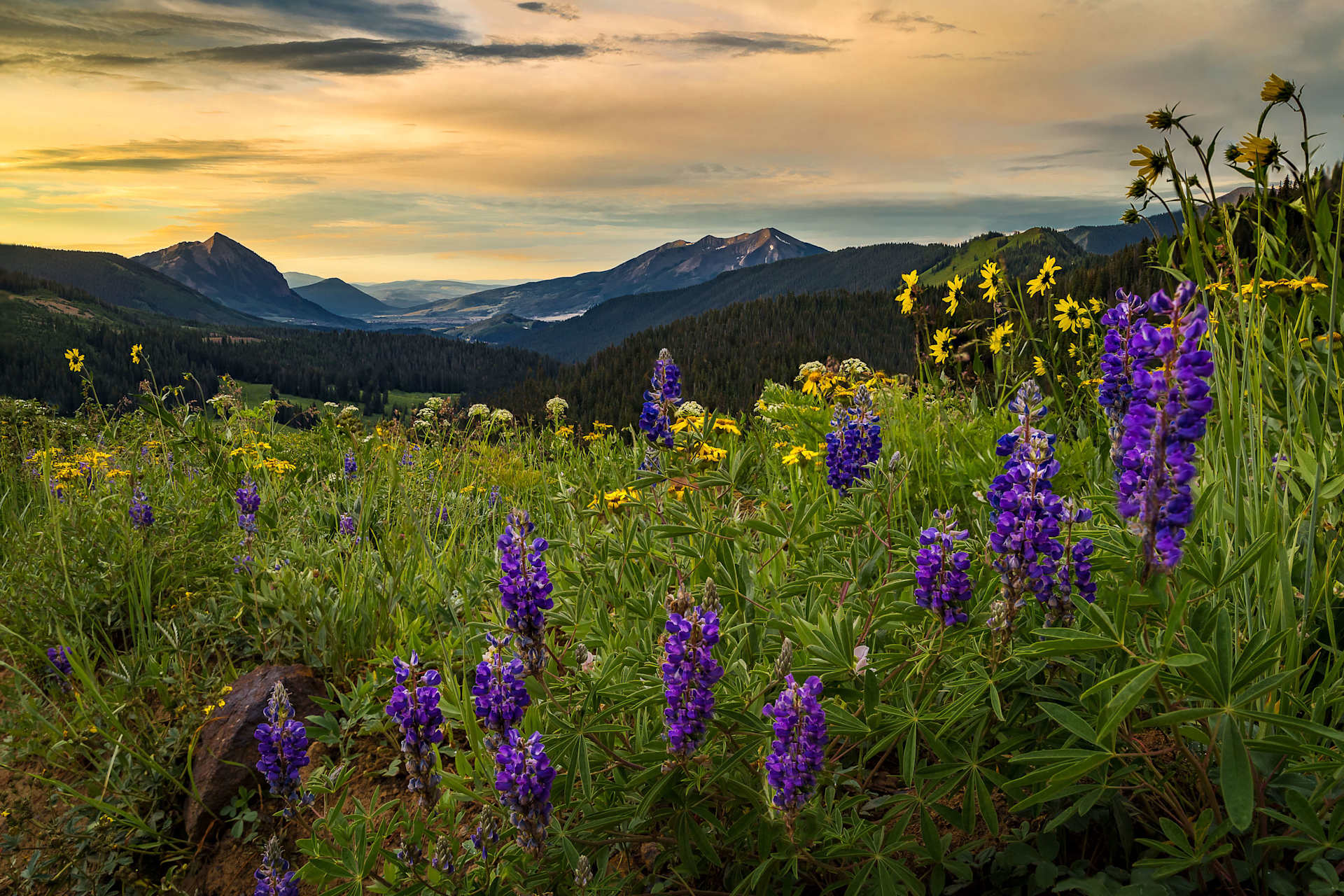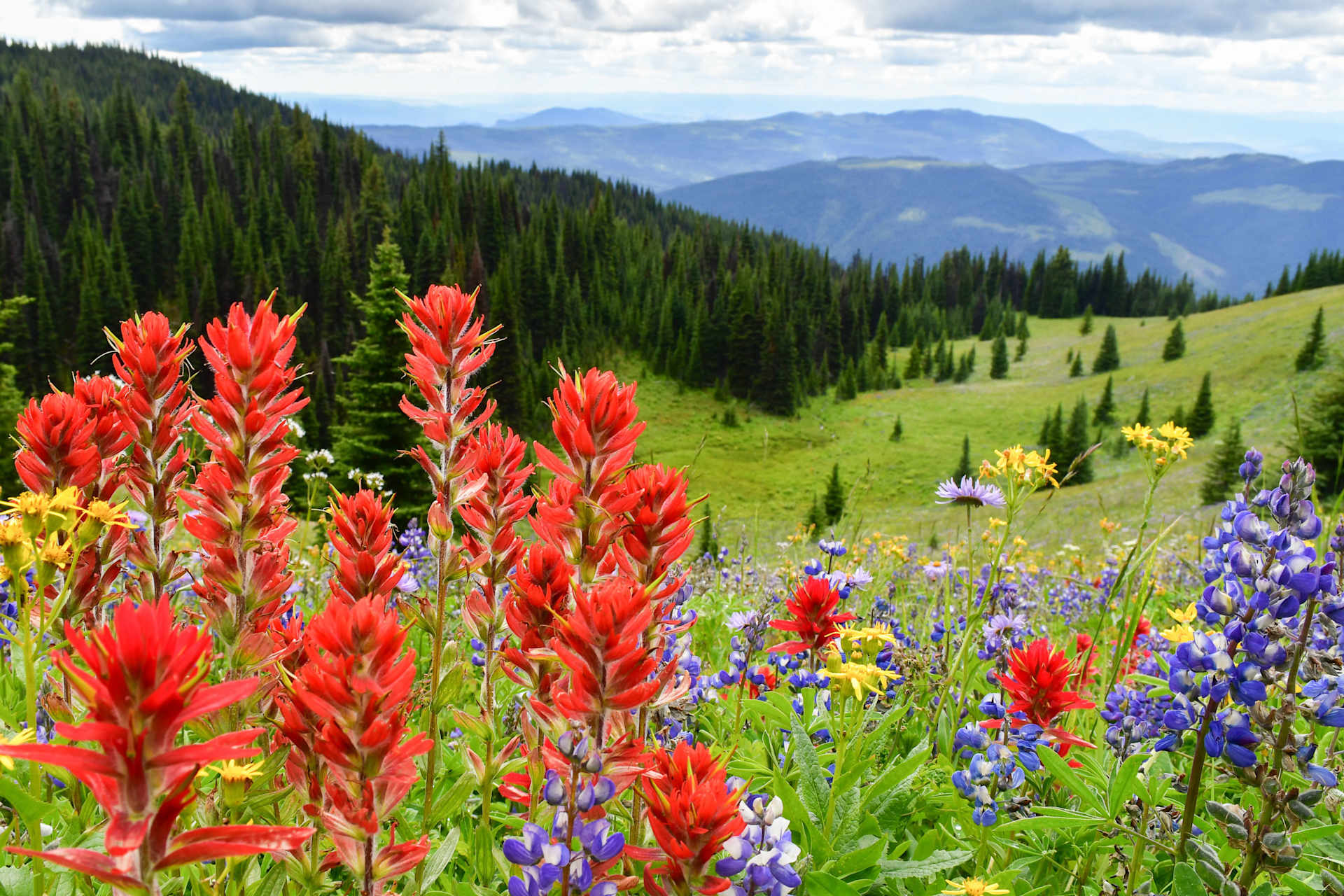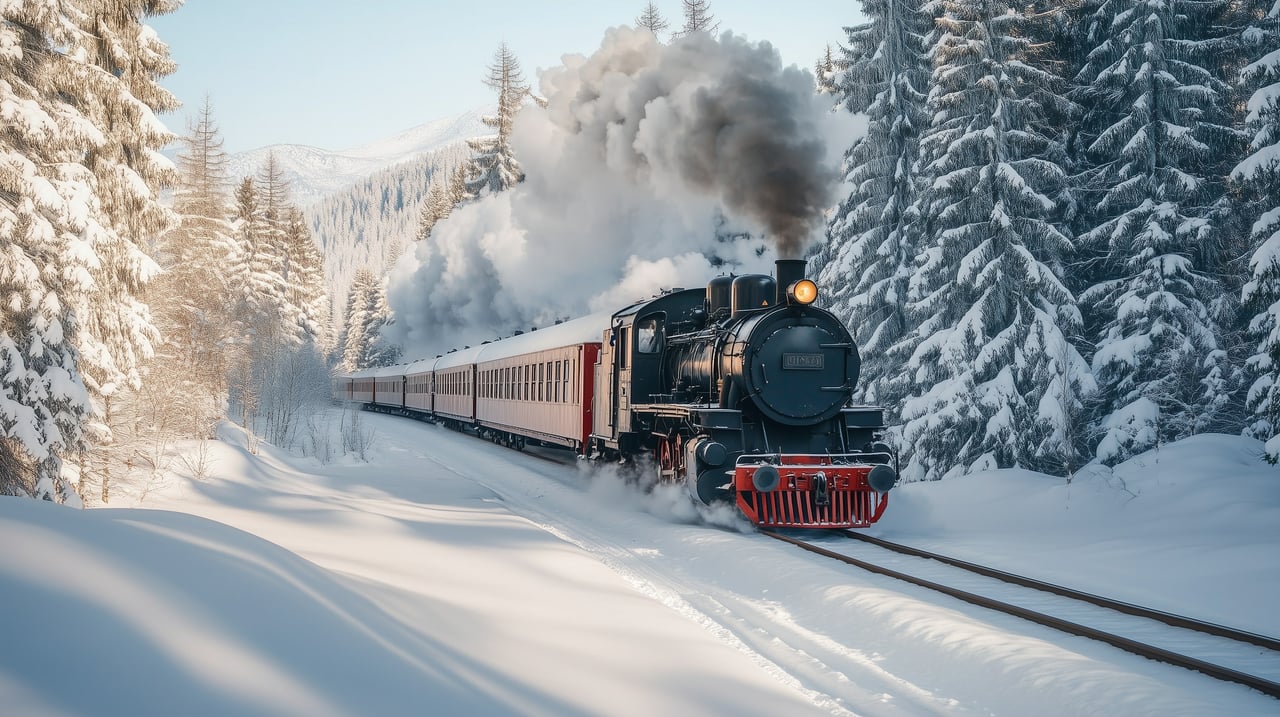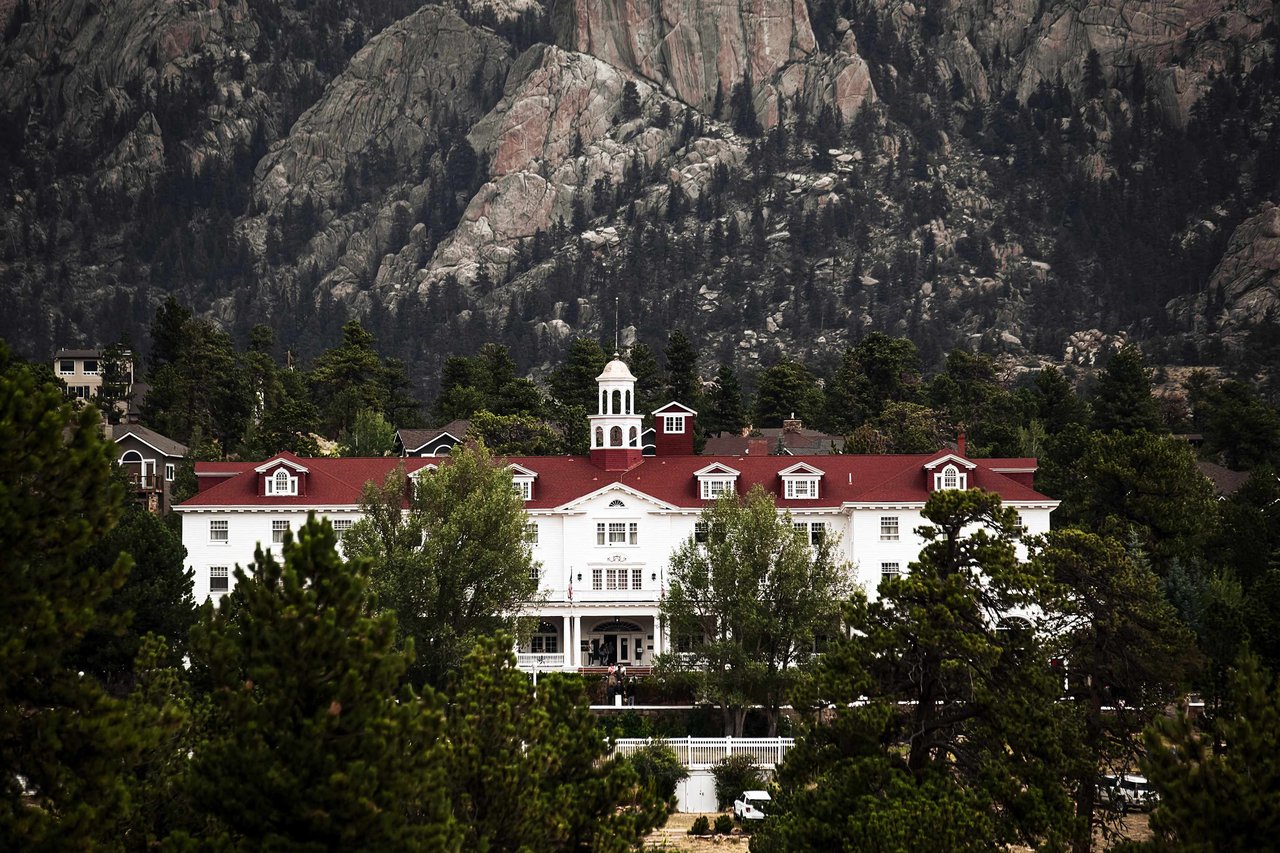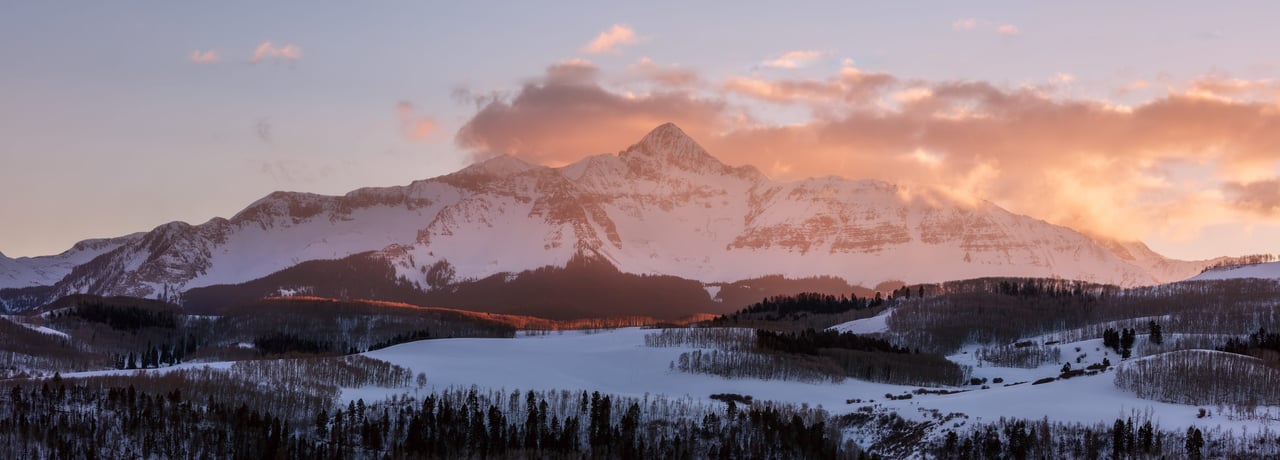Wildflower season in Colorado is a spectacular time when the mountains and high alpine meadows come alive with a stunning array of colors. The state is home to over 3,000 species of wildflowers, ranging from the common Indian paintbrush and lupine to the rare and endangered Colorado butterfly plant and Pagosa skyrocket. With so many wildflowers to discover, it's no wonder that Colorado is a popular destination for hikers, nature lovers, and wildflower enthusiasts.
When to Explore Wildflowers in Colorado
The best time to explore wildflowers in Colorado is from mid-June to early September. This is when the wildflowers are in full bloom, and the mountains and meadows are bursting with color. The blooming season can vary from year to year, depending on the previous winter snowpack, weather conditions, elevation, and location. In lower elevations, wildflowers can bloom as early as May, while in higher elevations, they may not bloom until late July or early August.
Above: Columbines at Yankee Boy Basin
To find the best spots to explore wildflowers, check with local hiking groups or the National Park Service. They provide information about which trails are in bloom and where to find the best wildflower displays. Keep in mind that some areas may have restrictions on where you can hike or may require permits, so be sure to check before you go.
Additionally, a pocket field guide can be helpful when identifying various species and is a fun way to include family and friends in locating various wildflowers. If you would like your own Colorado Wildflower Pocket Field Guidebook let me know, I would be happy to send you a free copy, just email me!
How to Explore Wildflowers in Colorado
Exploring wildflowers in Colorado can be as easy as taking a stroll through a meadow or as challenging as hiking to the top of a steep mountain path. For successful wildflower exploration, follow a few of the tips below:
- Bring a wildflower guidebook: A guidebook can help you identify the different species of wildflowers you come across. It can also provide information about the habitat, blooming period, and unique features of each plant.
- Stay on designated trails: Staying on designated trails helps preserve the natural environment and prevents damage to the delicate wildflowers.
- Respect wildlife: Remember that the wildflowers are part of a larger ecosystem, and disturbing them can harm the wildlife that depends on them for food and shelter.
- Take only photographs: Wildflowers are a precious resource, and picking them can damage the plant and reduce the chances of it producing seeds. Instead, take photographs to capture their beauty and leave them for others to enjoy.
- Dress appropriately: Depending on where you're exploring, the weather can change quickly. Dress in layers and wear sturdy hiking boots to protect your feet and ankles.
Where to see Colorado Wildflowers
There’s no better way to celebrate Colorado’s wildflower season than enjoying the vibrant views, flowers and activities in many locations around the state, including:
Crested Butte Wildflower Festival
Above: Lupines in Crested Butte
This renowned festival takes place July 7-16, 2023 and features guided hikes, photography workshops, and wildflower walks. The festival began in 1986 through the efforts of a few insightful Crested Butte locals who envisioned a wildflower celebration in one of the most picturesque valleys in Colorado. Crested Butte is known as the “wildflower capital of the world” and the Festival has grown into a summer-long season with over 300 events offered by over 60 instructors, tour guides, and volunteers. It truly is one of the quintessential wildflower events in CO.
Yankee Boy Basin, Ouray
Located in southwestern Colorado just outside of Ouray and nestled in the breathtaking San Juan mountains, Yankee Boy Basin is one of the most picturesque alpine basins in the state. Known for its stunning spring blooms of Indian Paintbrushes, Columbines, Lupine and Yarrow, mountain adventurers will also be delighted with the trek to get to the basin. An unpaved, 4.7 mile trail requiring 4-wheel drive and a vehicle with high clearance will reward explorers at an elevation of 12,500+ feet with spectacular views, waterfalls, abandoned mines, wildlife and fields of wildflowers.
Indian Peaks Wilderness, Boulder/Nederland
The Indian Peaks Wilderness area located west of Boulder is a mecca for hikers and wildflower enthusiasts alike. With more than 500 miles of trails to explore, the options are endless when it comes to finding blooms galore. Make Nederland your base and explore the pristine backcountry that surrounds the hamlet west of Boulder. Indian Peaks Wilderness straddles the Continental Divide and is sandwiched by the James Peak Wilderness to the south and Rocky Mountain National Park to the north, so beauty abounds. Lost Lake is well-known for its visually stunning wildflowers.
Above: Indian paintbrush
Easiest Wildflowers to Find in Colorado
- Columbine: The columbine is the state flower of Colorado and can be found in shades of blue and white. The flower is found throughout the state and typically in spring to early summer. It grows abundantly between 6,000-12,100 feet and the older the flower, the whiter it turns.
- Indian paintbrush: Indian paintbrush is a common wildflower in Colorado and can be found in a variety of colors, including red, orange, and yellow.
- Lupine: Lupine is a beautiful wildflower that can be found in shades of purple, blue, and pink. It is commonly found in meadows and along streams.
- Scarlet Gilia: Native to Colorado, it blooms all summer long with its red and white freckled, trumpet-like flowers. Not only enjoyed by hikers, but this flower is also a favorite amongst hummingbirds.
- Fireweed: commonly found along mountain streams, forest edges, and even roadsides, Fireweed is easily recognized for its bright pink colored flowers. It is also often found in areas scorned by wildfires.
Rare Wildflowers in Colorado
- Colorado butterfly plant: The Colorado butterfly plant is a rare and once endangered wildflower that can only be found in a few locations in southwestern Colorado. It has bright orange flowers and relies on a specific species of butterfly for pollination. It was officially delisted from the endangered species list in 2019 after 20 years of conservation efforts to protect it from habitat loss, herbicide spraying, cattle grazing, wildfires and development.
- Pagosa skyrocket: The Pagosa skyrocket is a rare and endangered wildflower that can only be found in a few locations in southwestern Colorado, specifically near Pagosa Springs. It has large pink flowers and relies on specific soil conditions to survive. It is threatened by commercial, residential, agricultural, and municipal development.
- Harrington's beardtongue: Harrington's beardtongue is a rare wildflower that can only be found in a few locations in Colorado. It has beautiful purple and white flowers and is currently listed as a sensitive species by both the U.S. Forest Service and the U.S. Bureau of Land Management.
Above: Harrington's Beardtongue
It is important to note that these rare wildflowers should not be picked or disturbed, as they are protected species. If you do come across these rare wildflowers during your explorations, it is important to observe and appreciate them from a distance.
Wildflower season in Colorado is a beautiful and dazzling time that should be experienced by anyone who loves nature and the outdoors. Whether you're a seasoned hiker or just looking for a leisurely stroll through a meadow, exploring the wildflowers of Colorado is an experience you won't forget. With so many species to discover, you're sure to find a new favorite wildflower or two. Happy exploring!

